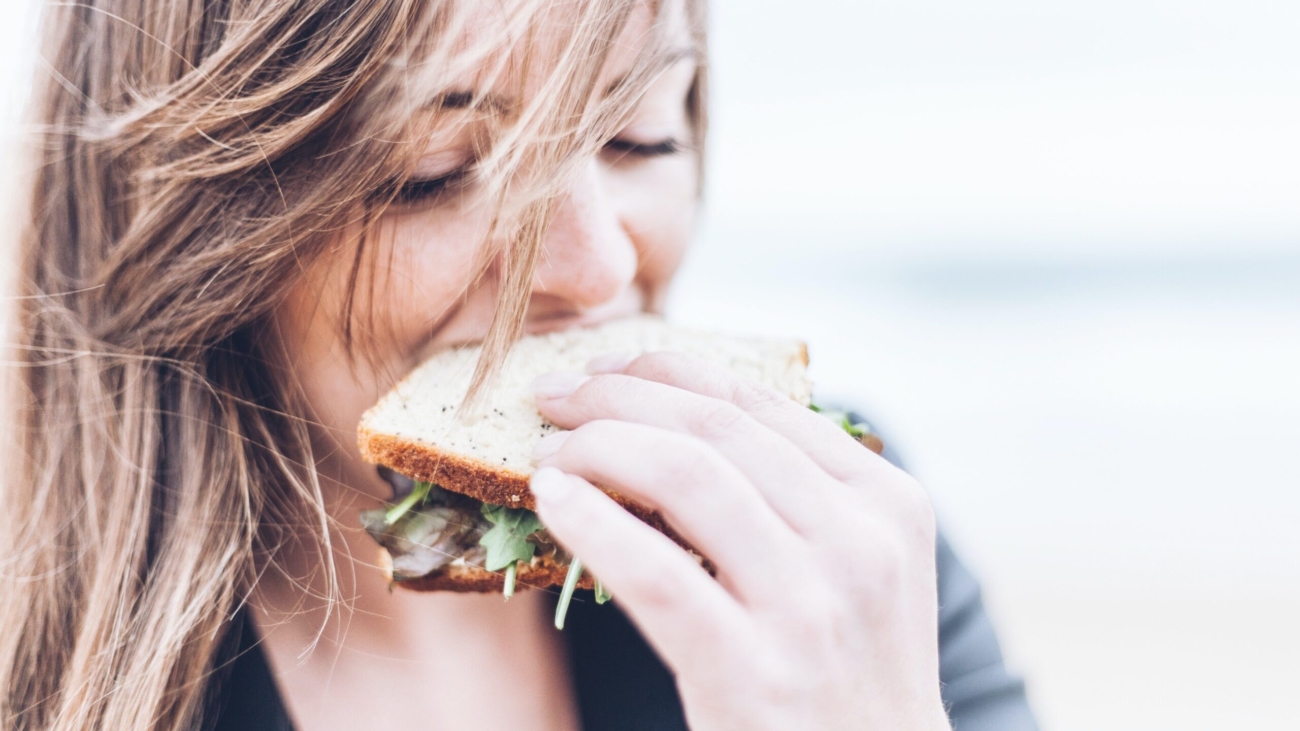Eating should be a fun and pleasurable experience, but too often it becomes just another part of our daily routine. Learn how to unlock the power of Vitamin P – or pleasure – to develop a healthier relationship with food that is focused on joy rather than obligation. With tips on how to make your meals more enjoyable, you’ll be sure to get the most out of each bite!
-What is Vitamin P?
Vitamin P, also known as bioflavonoids, are a group of plant-based nutrients that have received attention for their potential health benefits. Bioflavonoids are found in a variety of fruits and vegetables, and research suggests that they may help to protect against certain chronic diseases. Vitamin P has been shown to improve blood vessel function and reduce inflammation. These effects may help to lower the risk of heart disease and stroke. Additionally, vitamin P may promote healthy skin and prevent some types of cancer. While more research is needed to confirm these potential health benefits, eating foods rich in bioflavonoids is considered safe and may offer other benefits, such as improved digestion and reduced risk of some infections. Citrus fruits, bell peppers, broccoli, and kale are all good sources of vitamin P. Including these foods in your diet is a delicious way to promote good health!
-The Significance of Pleasure in Eating
Pleasure is a vital component of eating and has been shown to be essential for optimal health. Numerous studies have shown that pleasure plays a significant role in modulating the immune system, reducing stress, and promoting overall well-being. Pleasure also plays an important role in regulating our intake of food. When we enjoy our food, we are more likely to eat the right amount and to savor the experience, leading to better digestion and absorption of nutrients. Additionally, pleasure helps us to create positive associations with healthy foods, making us more likely to choose them in the future. So why not make pleasure a priority when it comes to your diet? Here are some simple tips:
1. Set aside time for meals: Make sure you aren’t rushing through your meals or eating on the go. Slow down and take the time to savor your food.
2. Choose foods you love: Discover which foods give you the most pleasure and make them a regular part of your diet.
3. Be present while you eat: Pay attention to the sights, smells, and flavors of your food. Really savor each bite!
4. Connect with others over food: Share meals with friends and family members whenever possible. Eating is more enjoyable when it’s communal!
-How to Incorporate Pleasure Into Your Diet
When it comes to our diets, we often focus on what is good for us and forget about pleasure. But incorporating pleasure into your diet is essential for a healthy relationship with food. Here are some tips on how to do just that:
1. Make time for meals. Sit down and enjoy your food without distractions. savor each bite and really taste the flavors. This will help you appreciate your food more and feel more satisfied after eating.
2. Find foods that you love. Experiment with different recipes and ingredients until you find some meals that you really enjoy eating. Cooking can be enjoyable too, so don’t be afraid to get creative in the kitchen!
3. Feed your senses. Sight, smell, sound, touch, and taste are all important senses when it comes to pleasurable eating experiences. Make sure your meals are appealing to all of them!
4. Be present. In today’s busy world, it’s easy to eat on the go or mindlessly in front of the TV or computer screen. But being present during meals can make a big difference in how much pleasure you get from your food. Pay attention to the textures, smells, and flavors of what you’re eating and really savor each bite.
-Health Benefits of Eating with Pleasure
We all know that eating healthy is important for our overall health and well-being. But did you know that how you eat can be just as important as what you eat? Enter: Vitamin P. What is Vitamin P? Vitamin P is a catch-all term for the pleasure we get from eating. It includes everything from the simple act of enjoying a delicious meal to the more complex process of savoring the flavors, textures, and aromas of food. In short, vitamin P is what makes eating enjoyable. And it turns out, this pleasure is good for our health. Health Benefits of Eating with Pleasure 1. Improved Digestion When we eat with pleasure, our bodies secrete digestive juices that help us break down food and absorb nutrients more efficiently. This can lead to better digestion and improved gut health overall. 2. Boosted Immunity Eating with pleasure also helps to boost our immune system. When we enjoy what we’re eating, our bodies release happy hormones like dopamine and serotonin that have been shown to strengthen the immune system and fight off illness.
-Practical Ideas for Enjoying and Celebrating Food
Pleasure is essential to a healthy diet. Unfortunately, we often forget to enjoy our food and instead focus on what we “should” or “shouldn’t” be eating. This can lead to feelings of guilt and anxiety around food, which can actually sabotage our efforts to eat well. The good news is that there are plenty of ways to make eating an enjoyable experience again. Here are some practical ideas for enjoying and celebrating food:
1. Make time for meals. sitting down for a leisurely meal can be a great way to relax and savor your food. If you’re short on time, try setting aside 10-15 minutes each day to eat mindfully without distractions.
2. Shop for quality ingredients. take the time to find good-quality ingredients that you really enjoy eating. This will make cooking and eating more enjoyable overall.
3. Get creative in the kitchen. Don’t be afraid to experiment with new recipes or cooking techniques. This is a great way to add excitement back into your meals.
4. Take pleasure in eating out. When dining out, choose restaurants that serve foods you love and make an effort to savor every bite.
5. Host a dinner party. inviting friends over for a meal can be a fun way to show off your culinary skills and enjoy good company at the same time.
6. Make meals an event . whether you’re cooking for yourself or others, treat mealtimes as
-Strategies to Take the Fear Out of Eating
Have you ever been at a restaurant, staring at the menu, feeling paralyzed by all the choices? Or been grocery shopping, only to feel overwhelmed by the sheer number of options in the aisle? If so, you’re not alone. Making decisions about what to eat can be difficult, and even anxiety-inducing, for many people. But it doesn’t have to be this way. There are strategies you can use to take the fear out of eating and make decisions that are both healthy and enjoyable. Here are some tips:
1. Plan ahead. If you know where you’ll be eating and what options will be available, it’ll be much easier to make a decision when you’re actually at the restaurant or grocery store. Do some research beforehand so you know what your options are and what you’re in the mood for.
2. Start with something familiar. If you’re feeling overwhelmed by choices, start with something familiar that you know you like. This will help ease you into making other decisions and trying new things.
3. Don’t overthink it. Sometimes, the best thing to do is just go with your gut instinct. If something looks good or sounds appealing, give it a try! You may be surprised at how much you enjoy it.
4. Be open to change. Your taste buds change over time, so what you liked yesterday may not be what you want today. Keep an open mind and be willing to try new things.
-Conclusion
Pleasure eating is a powerful tool that can help you enjoy your food more and eat less. When you take the time to focus on the pleasure of eating, you unlock the power of vitamin P in your diet. This nutrient helps to promote satiety and can reduce cravings for unhealthy foods. It is also essential for maintaining a healthy weight. By including pleasure eating in your routine, you can make sure that you are getting the nutrients you need to stay healthy and happy.

